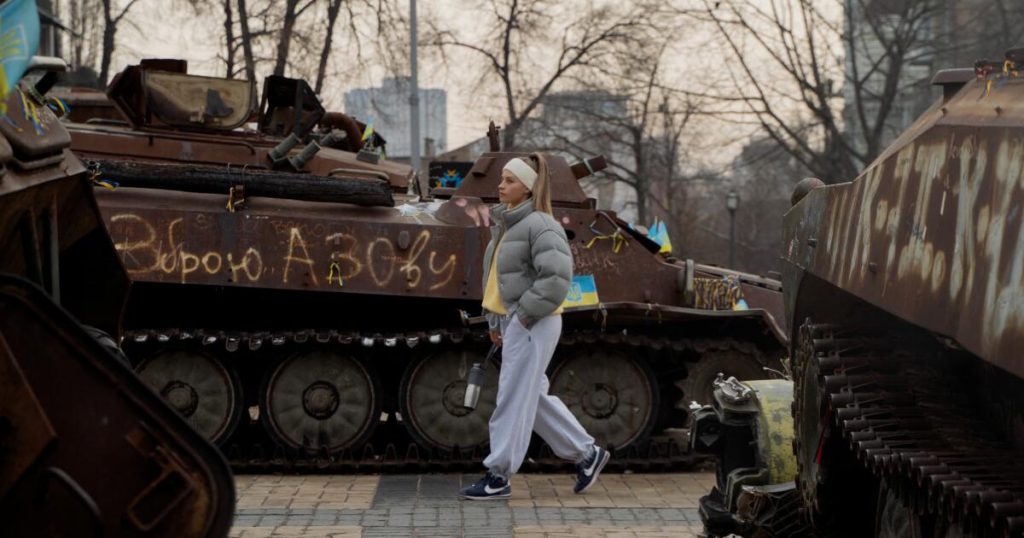The Ongoing Struggle and Uncertain Future of Ukraine
The Russian invasion of Ukraine, now in its fourth year, continues to cast a dark shadow over the region, marking the most devastating conflict Europe has seen since World War II. Despite negotiations initiated by the Trump administration with Russia, optimism about a swift resolution remains scarce. The prolonged warfare has deeply entrenched the reality of a protracted struggle, leaving little room for hope.
Fears of Post-War Instability and Crime
Polish President Andrzej Duda has voiced concerns about a potential wave of organized crime spilling into Poland and Europe once the war concludes. Drawing parallels to the chaos following the Soviet-Afghan war, Duda warns of the dangers posed by demobilized soldiers. However, Ukraine’s Foreign Ministry defended its veterans, emphasizing their role as protectors rather than threats. This exchange reflects the broader anxieties about the war’s aftermath, as the social fabric of Ukraine and its neighbors remains under significant strain.
The Human Toll and Economic Struggles
Ukraine faces a daunting crisis as it prepares for the return of nearly a million soldiers, many of whom bear physical and psychological scars. The country’s healthcare system, already overwhelmed, struggles to provide adequate mental health support, with a severe shortage of psychologists. The legalization of medical cannabis, while a step forward, offers limited relief. The economic burden, with public debt soaring, further exacerbates the challenges in providing essential services, leaving veterans vulnerable to untreated trauma.
The Rise of Firearms and Potential for Violence
The liberalization of gun laws during the war has led to a surge in firearms ownership, with thousands of weapons distributed to civilians. This proliferation raises concerns about increased crime rates as soldiers reintegrate into civilian life. The government’s focus on political maneuvering over post-war planning heightens these risks, suggesting a potential powder keg of violence and instability.
Eroding Unity and the Threat of Extremism
The initial unity fostered by the war, symbolized by the chant "Slava Ukraini!," has begun to fray. As the conflict drags on, nationalism wanes, and internal divisions resurface, creating fertile ground for extremism. Vladimir Putin may be counting on this internal instability to exert influence, highlighting the dual threat Ukraine faces from both external aggression and internal discord.
The Need for Western Support and an Uncertain Future
Ukraine’s path to stability requires substantial Western aid, including financial support and mental health services, to reintegrate veterans and maintain order. However, waning enthusiasm in the West for continued involvement casts doubt on the availability of such aid. As the war’s conclusion remains elusive, Ukraine stands at a precipice, facing the daunting possibility that the aftermath could be as destabilizing as the conflict itself. The future hangs in the balance, contingent on unity, support, and the resilience of the Ukrainian people.









